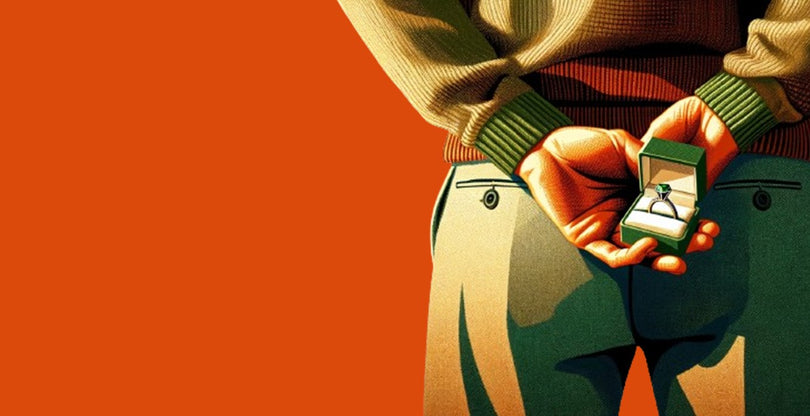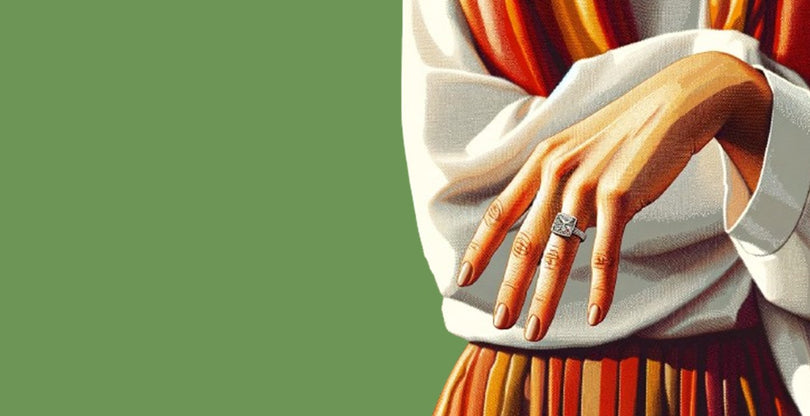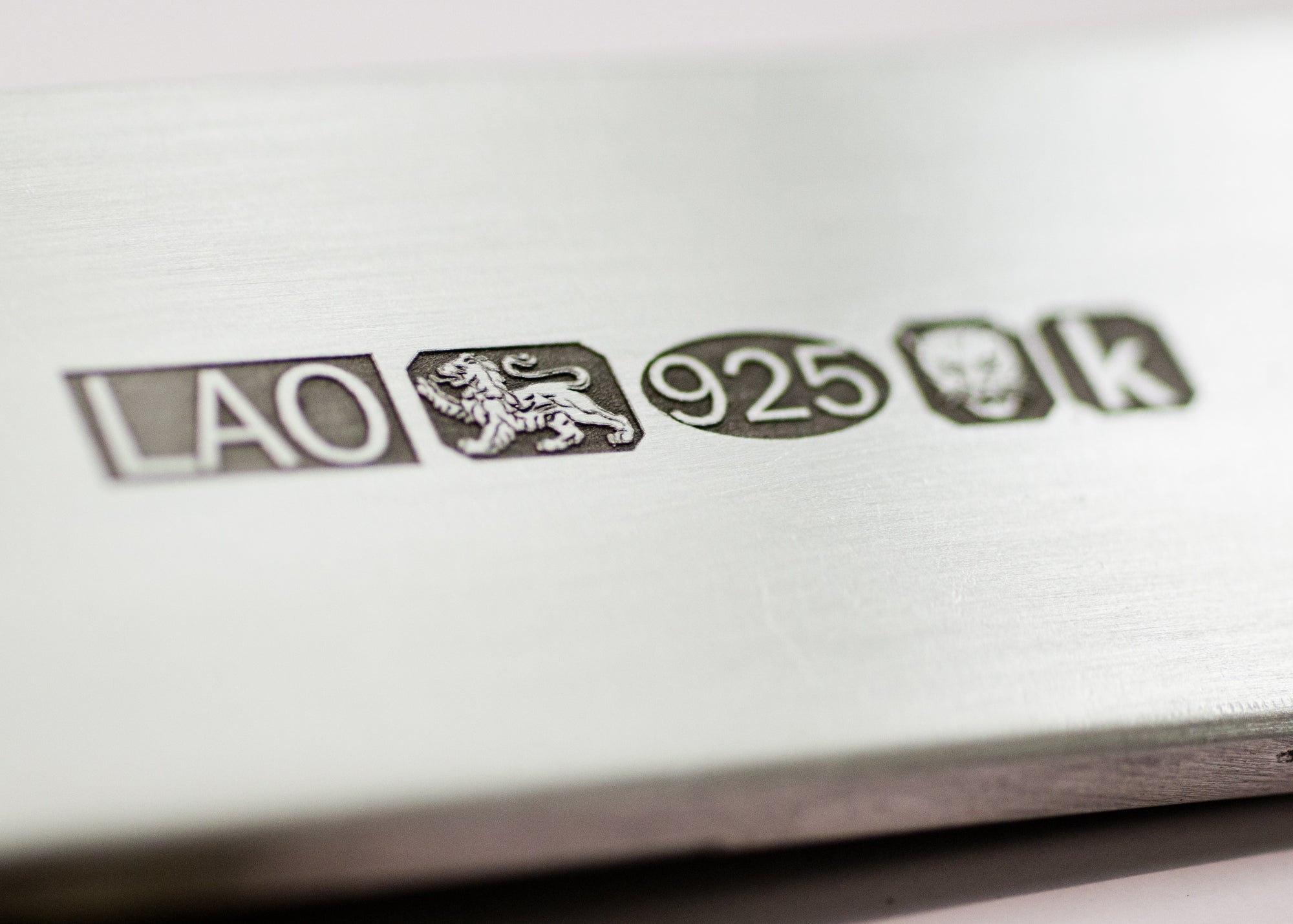Diamonds, with their mesmerising sparkle and timeless elegance, have long captivated the hearts of many. However, navigating the world of diamond buying can be daunting for the uninitiated. Central to understanding a diamond's value and beauty are the 4 C's: Cut, Colour, Clarity, and Carat. These four characteristics serve as the universal language to describe and evaluate the quality of diamonds. Whether you're planning a proposal, searching for a special piece of jewellery, or simply nurturing a passion for these exquisite gems, understanding the 4 C's is an essential step in making an informed and confident diamond selection.
Understanding Diamond Cut: The Art of Brilliance
The Cut of a diamond is arguably the most crucial of the 4 C’s. It refers not to the shape of the diamond, but to how well the diamond has been shaped and faceted from its rough form. A well-cut diamond will reflect light internally from one mirror-like facet to another, dispersing it through the top of the stone, resulting in a display of brilliance and fire.
Tip: When choosing a diamond, always prioritise the cut. Even a diamond with perfect colour and clarity will appear dull if poorly cut. Look for grades like 'Excellent', 'Very Good', or 'Good' in cut quality for a stunning display of sparkle.
Colour Grading in Diamonds: Navigating the Spectrum
Diamond colour grading measures the lack of colour in a diamond, with the scale beginning at D (colourless) and moving towards Z (light yellow or brown). The closer a diamond is to being colourless, the rarer and more valuable it is.
Tip: If you're on a budget, consider diamonds in the G to J range. These diamonds will appear white but are more affordable than the 'colourless' grades. Remember, the setting can also influence the perceived colour of a diamond—yellow gold can make a slightly yellowish diamond appear more colourless.
| Diamond Color Scale | Color Range | Influence of Diamond Shape | |
|---|---|---|---|
| D (Colorless) | Highest | Round Brilliant hides colour well | |
| E to J (Near Colorless) | Standard Quality | Round Brilliant hides colour well; Longer shapes reveal colour more easily | |
| K to Z (Faint to Light Yellow) | Lower Quality | Longer shapes reveal colour more easily |
Clarity: Imperfections and Their Impact
Clarity refers to the presence of inclusions (internal characteristics) and blemishes (surface imperfections) in a diamond. The GIA Clarity Scale includes eleven grades, from Flawless to I3. Most inclusions and blemishes are microscopic and do not affect a diamond's beauty in any significant way.
Tip: Look for a diamond that is 'eye-clean', meaning it has no inclusions visible to the naked eye. Grades like VS1 or VS2 offer a good balance of clarity and value. Remember, higher clarity grades significantly increase the price, but often these differences are not visible without magnification.
| Clarity Grade | Description | Visibility Without Magnification |
|---|---|---|
| Flawless (FL) | No imperfections visible at 10x magnification. | Imperfections not visible. |
| Internally Flawless (IF) | No internal imperfections, minor external blemishes visible at 10x magnification. | Imperfections not visible. |
| Very, Very Slightly Included (VVS1/VVS2) | Extremely minor inclusions, difficult to detect even at 10x magnification. | Imperfections not visible. |
| Very Slightly Included (VS1/VS2) | Minor inclusions visible under 10x magnification, often considered "eye clean." | Imperfections not visible to the naked eye. |
| Slightly Included (SI1/SI2) | Noticeable inclusions at 10x magnification, possibly "eye clean" depending on the individual diamond. | Imperfections may or may not be visible to the naked eye. |
| Included (I1/I2) | Obvious inclusions at 10x magnification, affecting the diamond's sparkle. |
Imperfections often visible to the naked eye. |
Carat Weight: Size and Its Influence
Carat refers to the weight of the diamond. One carat is equivalent to 200 milligrams. While larger diamonds are rarer and more valuable, the carat weight alone does not determine a diamond's value—the cut, colour, and clarity are equally important.
Tip: Balance carat weight with the other C’s. A larger diamond with poor cut, colour, or clarity may not be as beautiful or valuable as a smaller diamond with better overall quality. Consider the size that best fits your budget and style preferences.
Putting it All Together: Choosing the Right Diamond
When choosing a diamond, consider which of the 4 C's is most important to you and your partner. Some may prioritise size (carat), while others might value the brilliance (cut) more. Remember, the right diamond is one that aligns with personal preferences, lifestyle, and budget.
Bonus Tip: Always ask for the diamond's certification when purchasing. A certificate from a reputable lab like the GIA ensures that you're getting a diamond whose 4 C's have been accurately assessed.
FAQ's
-
What is the best clarity letter for a diamond?
The best clarity letter for a diamond is "FL" or "Flawless." This indicates that the diamond has no internal or external flaws (inclusions or blemishes) visible under 10x magnification. However, diamonds with slightly lower clarity grades, such as "IF" (Internally Flawless) and "VVS1/VVS2" (Very, Very Slightly Included), are also considered exceptional and appear flawless to the naked eye.
-
Which C is most important when buying a diamond?
The most important "C" when buying a diamond is the "Cut." Cut quality significantly impacts a diamond's sparkle and brilliance. A well-cut diamond reflects light internally and disperses it through the top, creating a stunning play of light. A high-quality cut can make even a diamond with lower colour and clarity grades appear more beautiful.
-
Which cut of diamond has the most sparkle?
The "Round Brilliant" cut is known for having the most sparkle among diamond cuts. Its 57 or 58 facets are expertly designed to maximise light reflection and refraction, resulting in a dazzling display of brilliance and fire. Round Brilliant diamonds are highly sought after for their exceptional sparkle.
-
Which diamond cut holds its value?
Diamonds with classic cuts like the Round Brilliant, Princess, and Emerald cuts tend to hold their value well over time. These cuts have timeless appeal and are popular choices for engagement rings and fine jewellery. Additionally, diamonds with high-quality colour and clarity grades are more likely to retain their value.
-
What is the most expensive cut for diamonds?
The "Heart" and "Arrow" cuts are among the most expensive diamond cuts. These cuts are specialised variations of the Round Brilliant cut and require precise craftsmanship. Diamonds with Heart and Arrow cuts exhibit exceptional symmetry and light performance, making them rare and highly prized, hence their higher price tags.
Summary:
| C's of Diamonds | Description |
|---|---|
| Cut | Refers to how well a diamond has been cut and shaped, affecting its symmetry, brightness, fire, and how it scintillates. The cut is often considered the most important of the 4Cs because it impacts the diamond's overall aesthetics and brilliance. |
| Colour | Measures the absence of colour in a diamond, graded from colourless to light yellow or brown. Colourless diamonds are rare and more valuable, with the scale going from D (colourless) to Z (light colour). |
| Clarity | Describes the absence of inclusions and blemishes. Clarity levels range from Flawless (no inclusions or blemishes visible under 10x magnification) to Included (inclusions and/or blemishes visible to the naked eye). |
| Carat Weight | The weight of the diamond measured in carats. One carat is equivalent to 200 milligrams. Larger diamonds are rarer and thus more valuable, but carat weight alone does not determine a diamond's value. |







